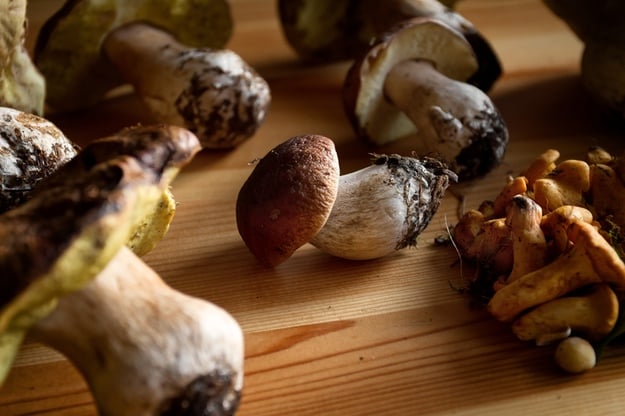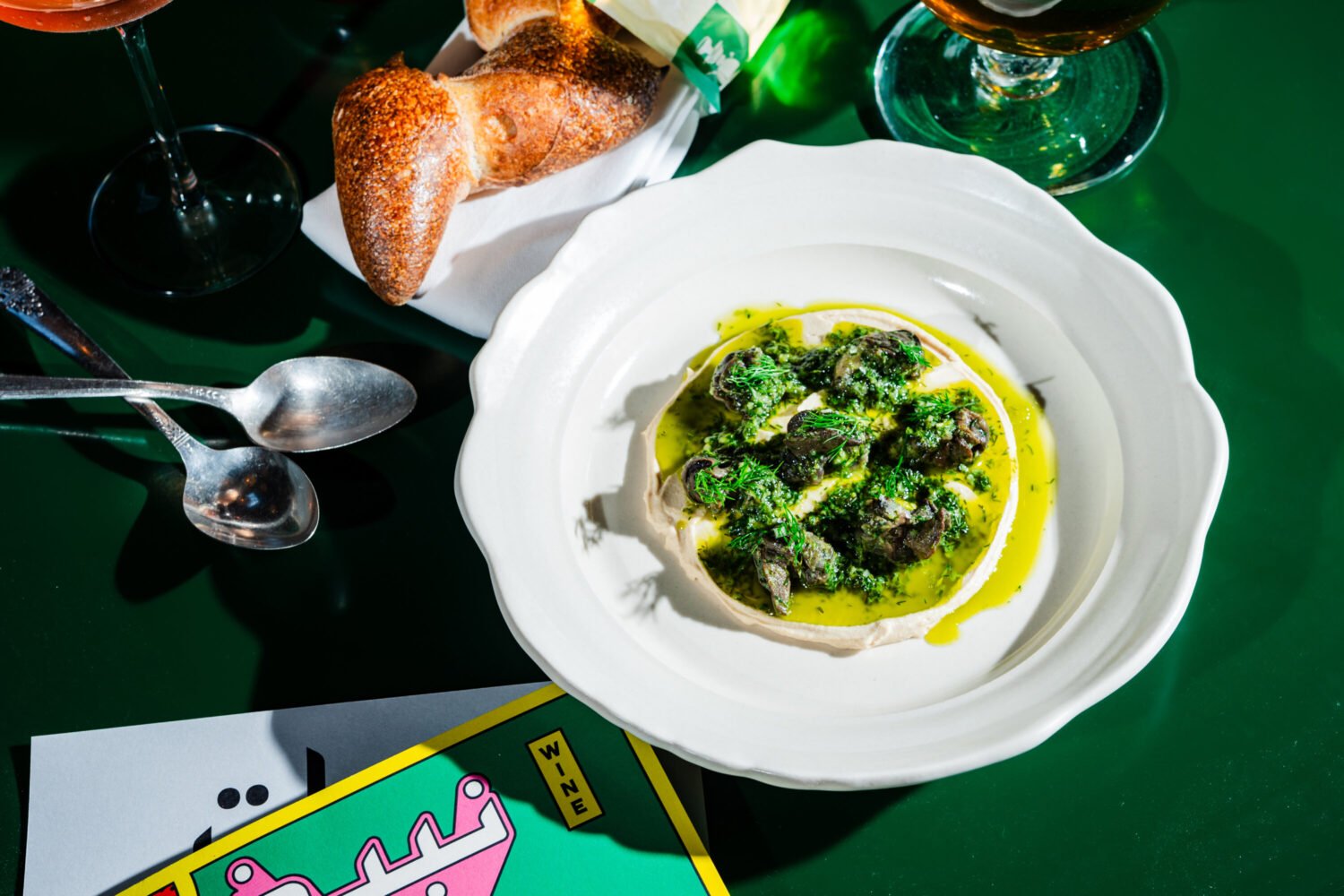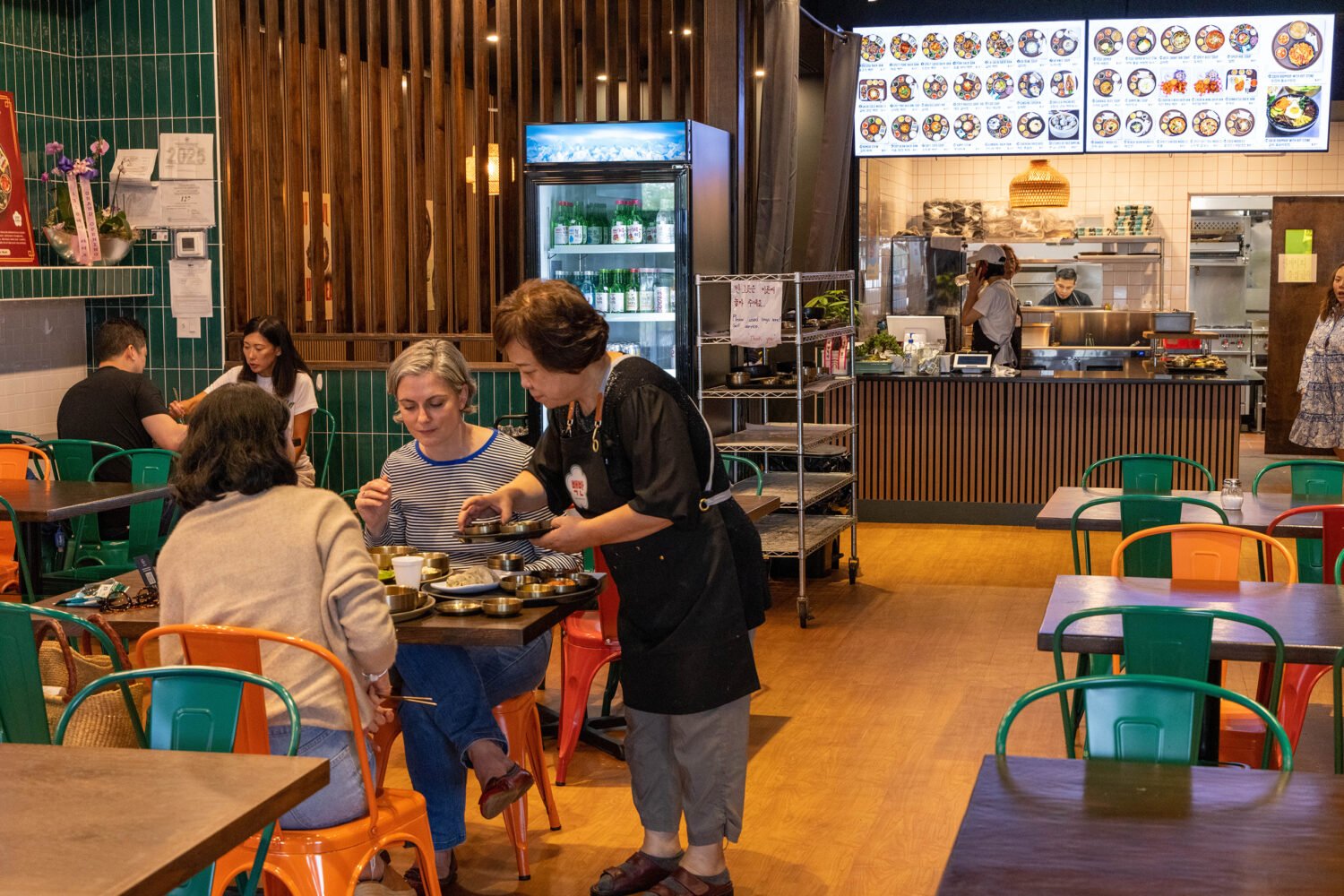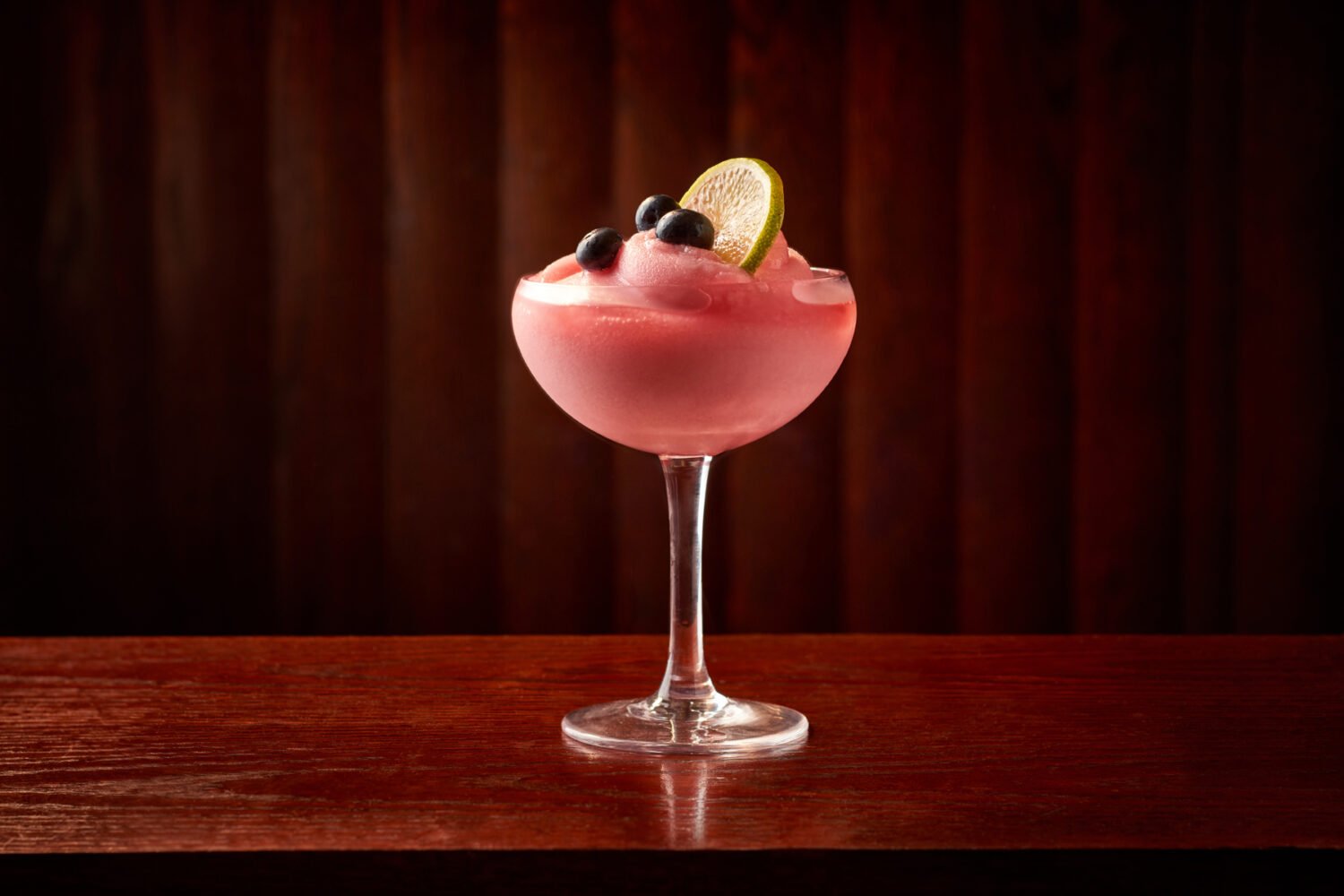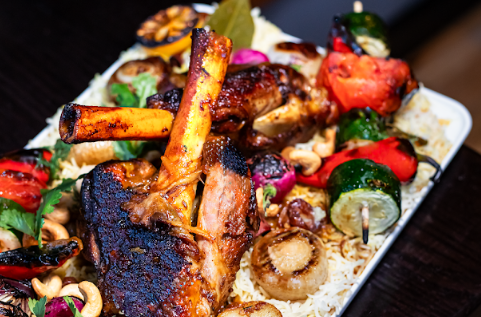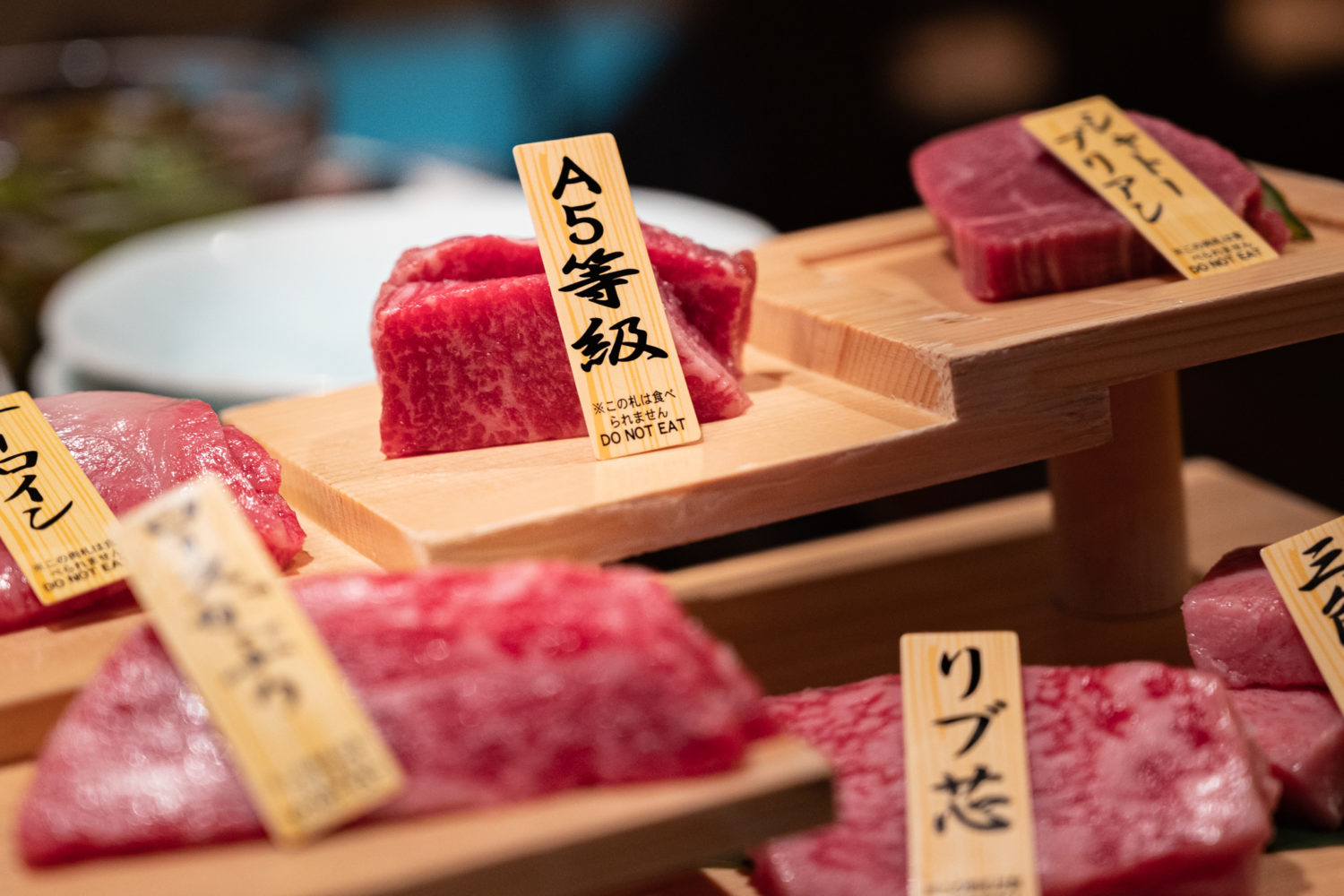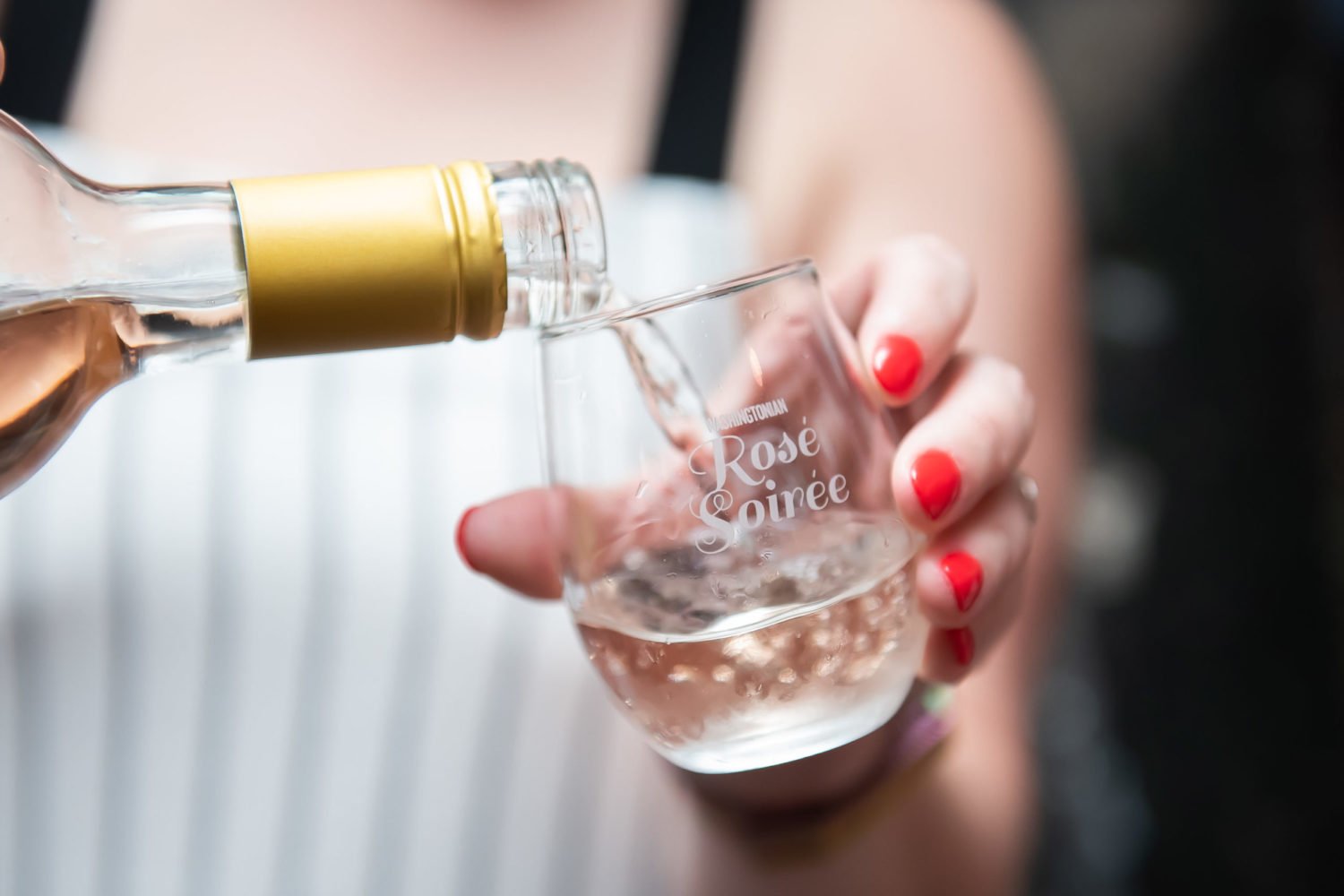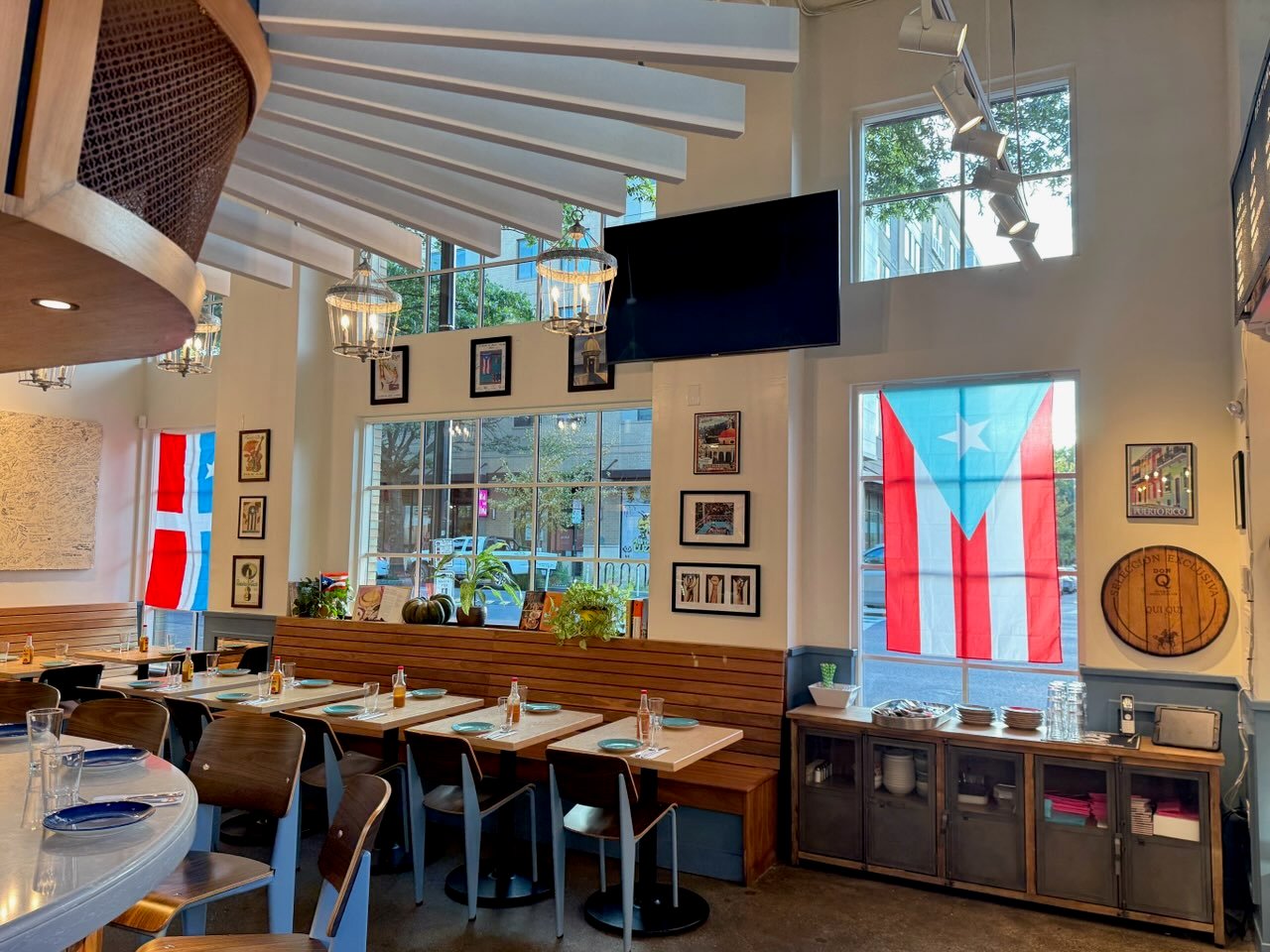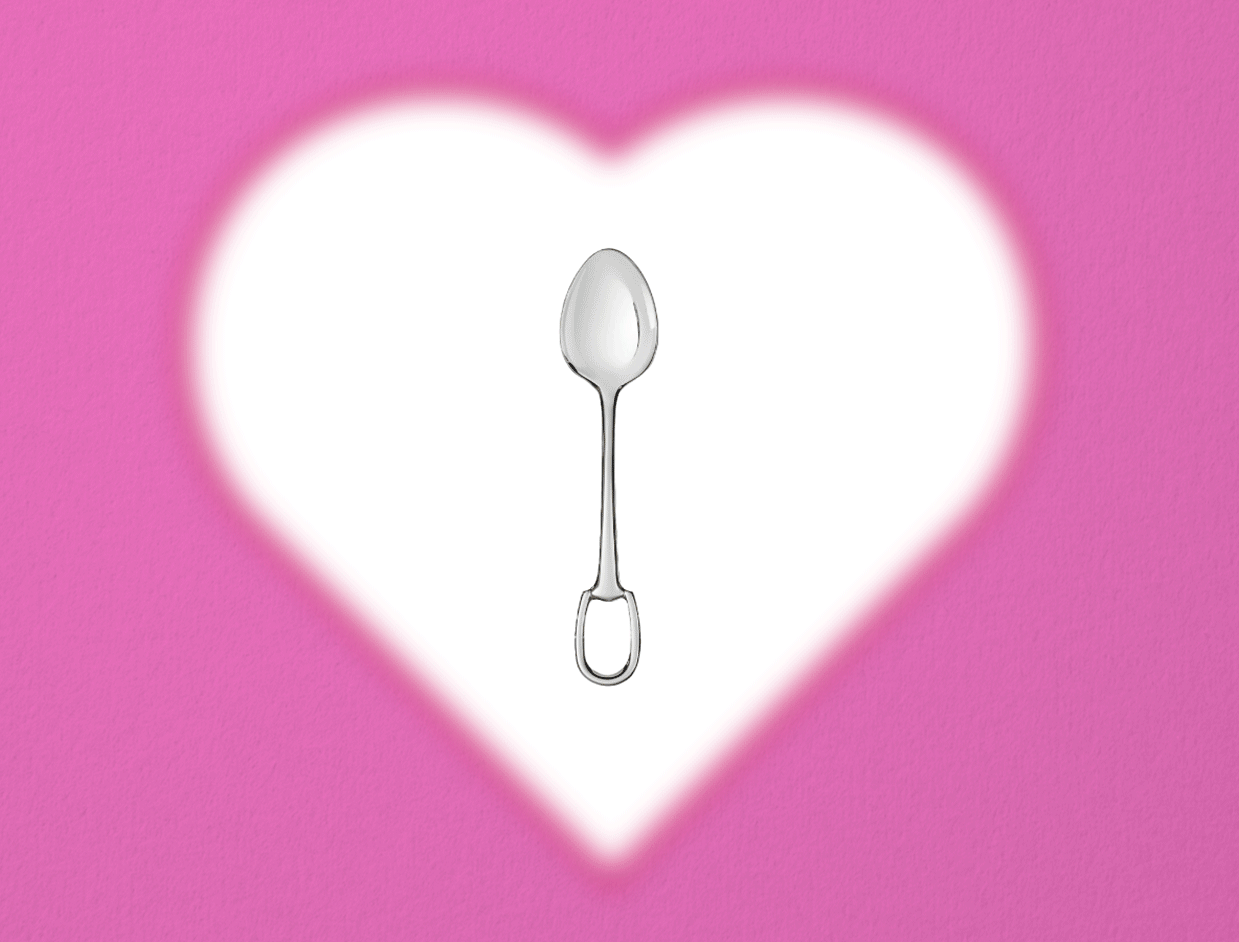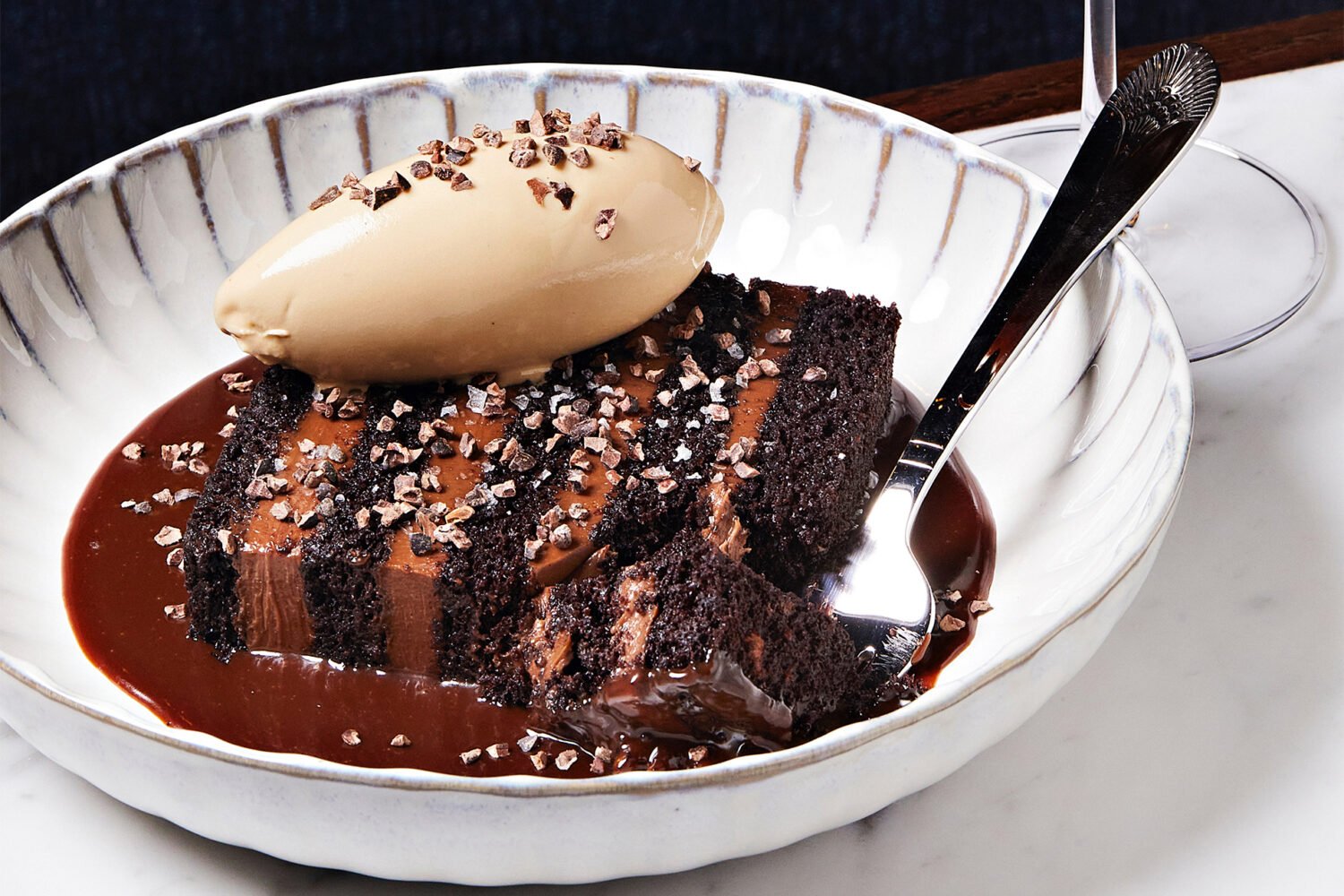This Monday, a group of RAMMY nominees that included chefs from Bar Pilar, Rasika, Et Voila!, and Ripple cooked elbow-to-elbow in the impossibly small kitchen of the James Beard House in New York City. They did us proud—from Vikram Sunderam’s banana-leaf-wrapped black bass to pastry chef Alison Reed’s double chocolate cake, the food wowed dining-world bigwigs gathered under imposing portraits of the big man himself. After the meal, Ripple’s Logan Cox broke the news that he had augmented his dish with wild edibles—earlier that day, he’d spied purslane, dandelion, wood sorrel, and ground ivy growing in Union Square Park and taken the liberty of grabbing some for that night’s service.
Presumably Cox has enough plant-stalking experience that diners weren’t unwittingly playing a round of culinary Russian roulette. But it got us thinking: Maybe we could do some foraging ourselves back home? To find out how to do so safely, we asked Silver Spring forager Matt Cohen—interviewed in The Washingtonian back in November—for tips. Here’s what he told us.
Always be 100 percent sure you’ve correctly identified a plant before you eat it.
How do you do that? Start with a guide. Cohen points newbies to the Peterson Field Guides, though he warns they do contain some inaccuracies. Sixties wildman Euell Gibbons is the granddaddy of wild-food collecting—his books are like sacred texts for outdoor folk. Woodsy Wisconsonian Sam Thayer is another well-respected expert.
Look out for contaminants.
City plants can be covered in all manner of nasty things you don’t want anywhere near your mouth. When he encounters something edible, Cohen checks around to make sure nearby plants aren’t brown or sickly looking—signs that the area has been sprayed with chemicals. To be avoided for obvious reasons: any place where a lot of dog-walking happens.
Be wary of restrictions.
Parks don’t necessarily think it’s cool to have a bunch of beardy types picking their plants. Rock Creek is particularly restrictive, warns Cohen. If the edible you’re after happens to be an invasive species, however, talk to park officials—many will be more than happy to let you do their weeding for them.
Start with the easy stuff.
If the idea of canning up a batch of dandelion jelly warms your hippie heart, forget hard-to-identify herbs and ’shrooms and head to your neighbor’s lawn. Ubiquitous dandelions are the gateway foraged plant, says Cohen. As with the parks, most lawn owners would love for you to liberate their yard of those pesky yellow flowers.
Learn from an expert.
Not friendly with any seasoned foragers? Through his company, Matt’s Habitats, Cohen leads plant-stalking neophytes on nature walks, showing them how and where to pick mushrooms such as chanterelles, hen of the woods, and morels, and fruit like pawpaws and wild persimmons. Times and dates are subject to our increasingly unpredictable weather; consult his Facebook page for the latest.
Never eat half a shirt’s worth of pawpaws in one day.
Cohen has never picked and eaten something inherently poisonous, but he has made himself sick from foraging. He once found some pawpaws—a tropical-like fruit that grows wild in the Northeast—and gathered as many as he could carry in his shirt. He liked their sweet flavor so much, he ate about half of them in a single sitting. What followed was a memorable night of gastrointestinal horrors. The moral of this story: Wild foods are often very good for you, but don’t forget to take it slow.

